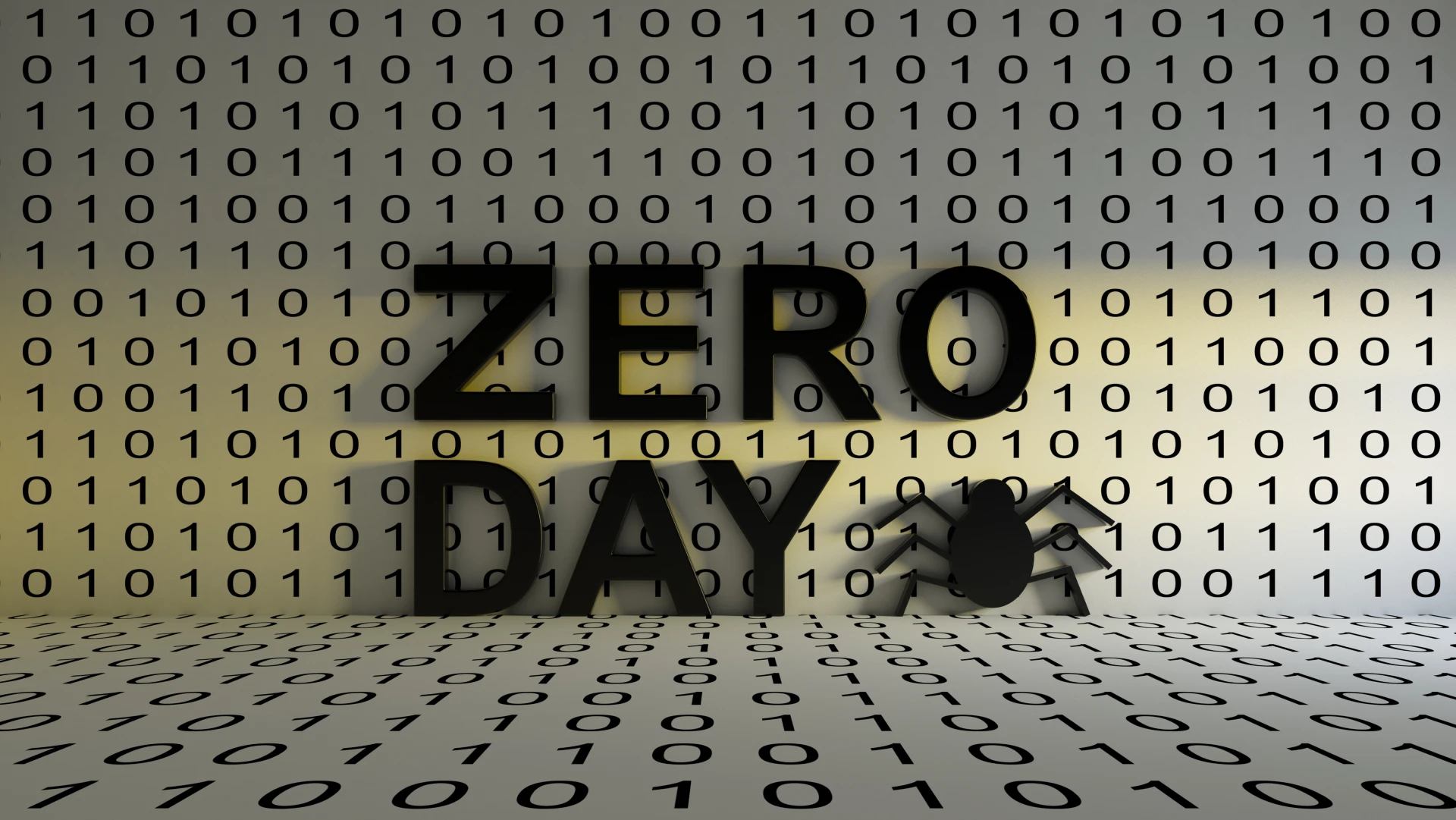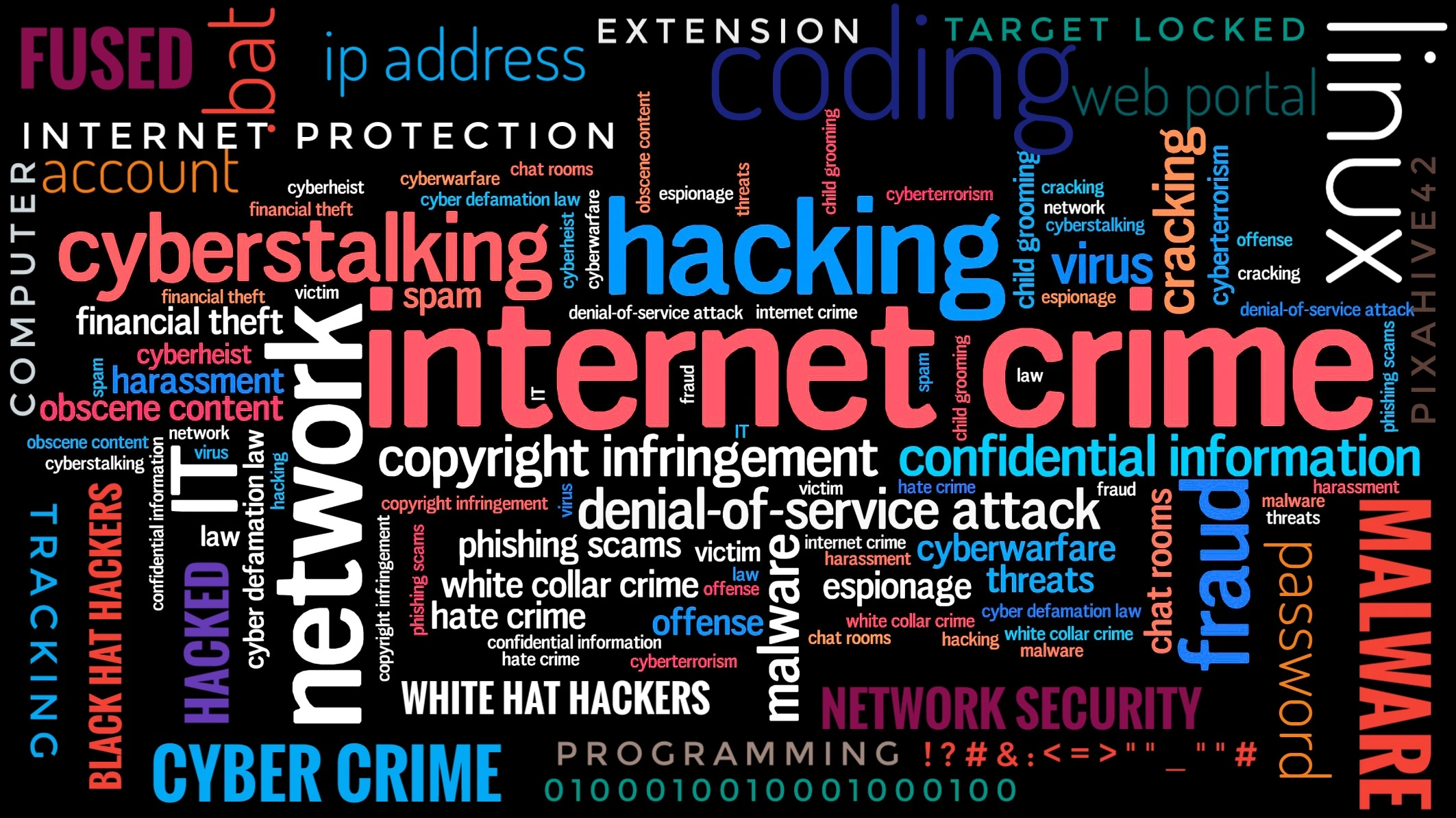Unveiling the Dark Side of Cybersecurity: The Zero-Day Market

Overview
In the world of cybersecurity, a common misconception is that hacking involves nothing more than pounding away at a keyboard, with a series of numbers and symbols appearing on the screen until, voilà, access is granted. This cinematic portrayal of hacking is far from reality. The truth is, hacking into secure systems requires more than just brute force; it demands an understanding of intricate vulnerabilities within the system's code. To truly breach the most fortified walls of digital security, one needs something far more elusive: a zero-day exploit.
Welcome to the zero-day market, a hidden realm where the most valuable digital secrets are bought and sold. This article will delve into how zero-day exploits are discovered, traded, and used, and explore the dark corners of this complex and often secretive marketplace.
What is a Zero-Day Exploit?
The Basics of Cybersecurity
To grasp the concept of a zero-day exploit, we first need to understand basic cybersecurity principles. In essence, digital security walls—often referred to as defenses or security measures—are built to protect systems, applications, and data from unauthorized access. These defenses include firewalls, encryption, and software patches.
The Concept of Zero-Day
A zero-day exploit is a vulnerability in software that is unknown to the vendor or the public. The term "zero-day" refers to the fact that the exploit is discovered and utilized before the vendor has had a chance to address the flaw. Because there are "zero days" between the discovery of the vulnerability and the release of a fix, the exploit can be used by attackers with impunity.
How Zero-Day Exploits are Discovered
The Hunt for Vulnerabilities
Finding a zero-day exploit is akin to searching for a needle in a haystack. Modern operating systems and applications contain millions of lines of code, and within these lines, there may be subtle flaws that, if discovered, can be exploited. Researchers and hackers use a variety of techniques to uncover these vulnerabilities:
- Code Review: Examining source code for flaws or weaknesses.
- Fuzzing: Automatically inputting random data into programs to find unexpected behaviors.
- Reverse Engineering: Analyzing software to understand its inner workings and uncover flaws.
The Role of Hackers and Researchers
While some vulnerabilities are found by dedicated security researchers or ethical hackers, others are discovered by malicious actors. These hackers may find vulnerabilities through sophisticated techniques and sell them on the zero-day market.
The Zero-Day Market
The Structure of the Market
The zero-day market is a complex ecosystem comprising various actors:
- Hackers: Individuals or groups who discover vulnerabilities and may choose to sell them.
- Brokers: Intermediaries who facilitate the sale of zero-day exploits between hackers and buyers.
- Buyers: Entities such as governments, corporations, and criminal organizations that purchase zero-day exploits for various purposes.
Levels of the Zero-Day Market
The zero-day market can be divided into several tiers:
- White Market: This level involves legitimate transactions, where researchers report vulnerabilities to vendors for a reward. Companies like Google and Microsoft have bug bounty programs that pay for discovered vulnerabilities.
- Gray Market: In this less transparent area, vulnerabilities are sold privately to governments and corporations, often under confidentiality agreements.
- Black Market: The most secretive and illicit level, where zero-day exploits are sold to criminal organizations and other entities with dubious intentions. Here, prices can reach astronomical amounts.
The Impact of Zero-Day Exploits
Real-World Examples
Zero-day exploits have been used in various high-profile attacks:
- Stuxnet: A sophisticated worm that targeted Iran's nuclear enrichment program, using multiple zero-day exploits to cause physical damage.
- NotPetya: A ransomware attack that utilized a zero-day to cripple infrastructure across Ukraine and affect multinational companies.
- Clop Ransomware Attack: In 2023, a zero-day in MOVEit file transfer software led to one of the largest ransomware attacks in recent years.
The Consequences
The use of zero-day exploits can have severe consequences, including:
- Data Breaches: Unauthorized access to sensitive data, leading to financial and reputational damage.
- Infrastructure Disruption: Attacks on critical infrastructure can disrupt essential services and cause widespread harm.
- Cyber Warfare: Nation-states may use zero-day exploits as part of their cyber warfare strategies, leading to geopolitical tensions.
The Ethics and Legality of the Zero-Day Market
Legal Gray Areas
The zero-day market operates in a murky legal landscape. While buying and selling zero-day exploits may not always be illegal, their use often is. Governments and corporations may purchase zero-day exploits for national security or competitive advantage, but their existence in the black market raises ethical concerns.
Regulation and Oversight
Efforts to regulate the zero-day market are complicated by its secretive nature. Law enforcement agencies, governments, and cybersecurity organizations struggle to keep pace with the evolving threats posed by zero-day exploits.
Conclusion
The zero-day market represents a shadowy and intricate aspect of modern cybersecurity. It is a marketplace where elite hackers, governments, and criminal organizations converge, trading in vulnerabilities that can have profound implications for security and privacy. While some view this market as a necessary evil in the landscape of cyber warfare and defense, it raises significant ethical and legal questions.
Understanding the zero-day market is crucial for comprehending the broader context of cybersecurity threats and defenses. As technology continues to evolve, so too will the tactics and tools used by those who seek to exploit it.
For further reading, we recommend Nicole Perlroth's insightful book on zero-days, which offers a deep dive into the market and its implications.


